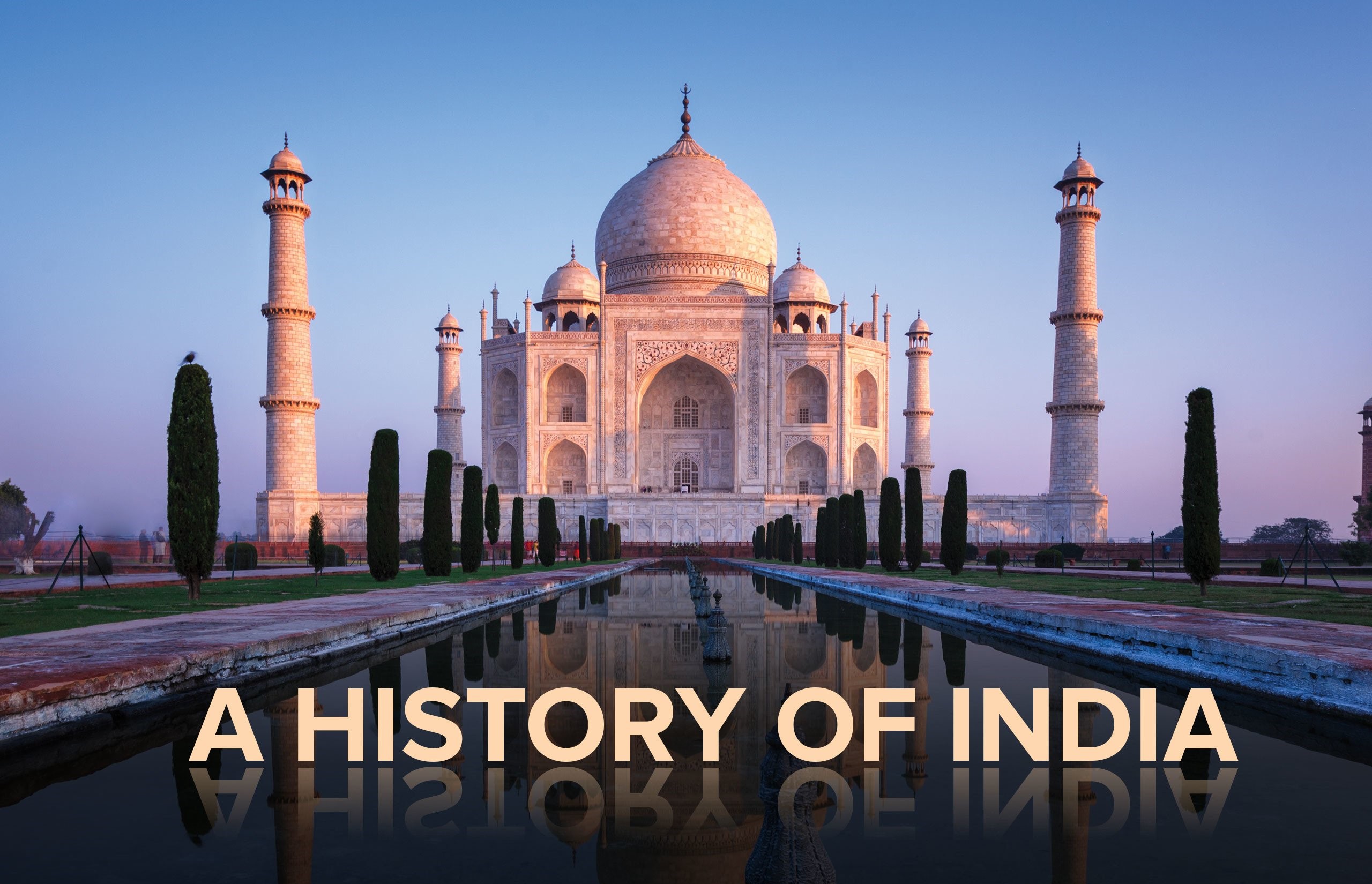Haryanaka Dynasty
( 544 BC-412 BC )
Haryanaka Dynasty ( 544 BC-412 BC )
Bimbisara (Shronika): 544 BC-492 BC
» Bimbisara was the founder of Haryanka dynasty.
» Magadha came into prominence under the leadership of Bimbisara.
» He was a contemporary of Gautama Buddha.
» He married the princesses of Kosala (Kosaldevi/ Mahakosala-sister of Kosal King Prasenjit), Lichchhavi (Chellana-sister of Lichchhavi Head Chetaka) and Madra (Khema-daughter of Madra king), which helped him in his expansionist policy.
» He gained a part of Kashi as the dowry in his marriage with the sister of king Prasenjit of Kosala.
» He conquered Anga.
» He sent a royal physician, Jivaka to Ujjain when Avanti King Pradyota was suffered by jaundice.
» Known as Seniya, he was the first Indian king who had a regular and standing army.
» He built the city of New Rajagriha.
Ajatashatru (Kunika): 492 BC-460 BC
» Bimbisara was succeeded by his son Ajatashatru. Ajatashatru killed his father and seized the throne.
» Ajatashatru followed a more aggressive policy. He gained complete control over Kashi and broken the earlier amicable relation by attacking his maternal uncle Prasenjit, the king of Kosala.
» The Vajji confederation was was Ajatashatru's next target of attack. This war was a lengthy one and traditional tells us that after a long period of 16 years, he was able to defeat the Vajji only through deceit, by sowing the seeds of discord amongst the people of Vajji.
» The three things that played important role to defeat the Vajji-
1. Sunidha and Vatsakar—Ajatashatru's diplomatic ministers, who sowed the seeds of discord amongst Vajjis.
2. Rathamuusala – a kind of chariot to which a mace was attached
3. Mahasmlakantaka—a war engine which catapulted big stones.
» In this way Kashi and Vaishali (the capital of Vajji) were added to Magadha, making it the most powerful territorial power in the Ganges Valley.
» He built the fort of Rajagriha and a watch-fort (Jaladurga) at a village called Patali on the banks of the Ganges.
Shisunaga Dynasty: 412 BC-344 BC
» Nag-Dasak was unworthy to rule. So the people got disgusted and elected Shisunaga as the King, the minister of the last king.
» The most important achievement of Shisunaga was the destruction of the Pradyota dynasty of Avanti. This brought to an end the hundred year old rivalry between Magadha and Avanti. From then on Avanti become a part of me Magadha rule.
» Shisunaga was succeeded by Kalashoka (Kakavama). His reign is important because he convened the Second Buddhists Council in Vaishali (383 BC).
Nanda Dynasty : 344 BC-323 BC
» The Shisunaga dynasty was overthrown by Mahapadma who established a new line of kings known as the Nandas.
» Mahapadma is known as Sarvakshatrantaki i.e. Uprooter of all the Kshatriyas (Puranas) and Ugrasena i.e. Owner of huge army (Pali texts).
» The Puranas call Mahapadma Ekrat i.e. the sole monarch. He seems to have overthrown all the dynasties which ruled at the time of Shisungas. He is often described as 'the first empire builder of Indian history'.
» Mahapadma was succeeded by his eight sons. Dhanananda was the last one.
» The last king Dhanananda is possibly identical with the Agrammes or Xandrames of the Greek texts.
» It was during the rule of Dhanananda that the invasion of Alexander took place in north-west India in 326 BC.
» According to Greek writer Curtius, Dhanananda commanded a huge army n 20,000 cavalry, 200,000 infantry, 2,000 chariots and 3,000 elephants. It was the might of Dhanananda that terrorised Alexander and stopped his march to the Gangetic Valley.
» The Nanda dynasty came to an end about 322-21 BC and was supplanted by another dynasty known as Mauryas, with Chandragupta Maurya as the founder.
